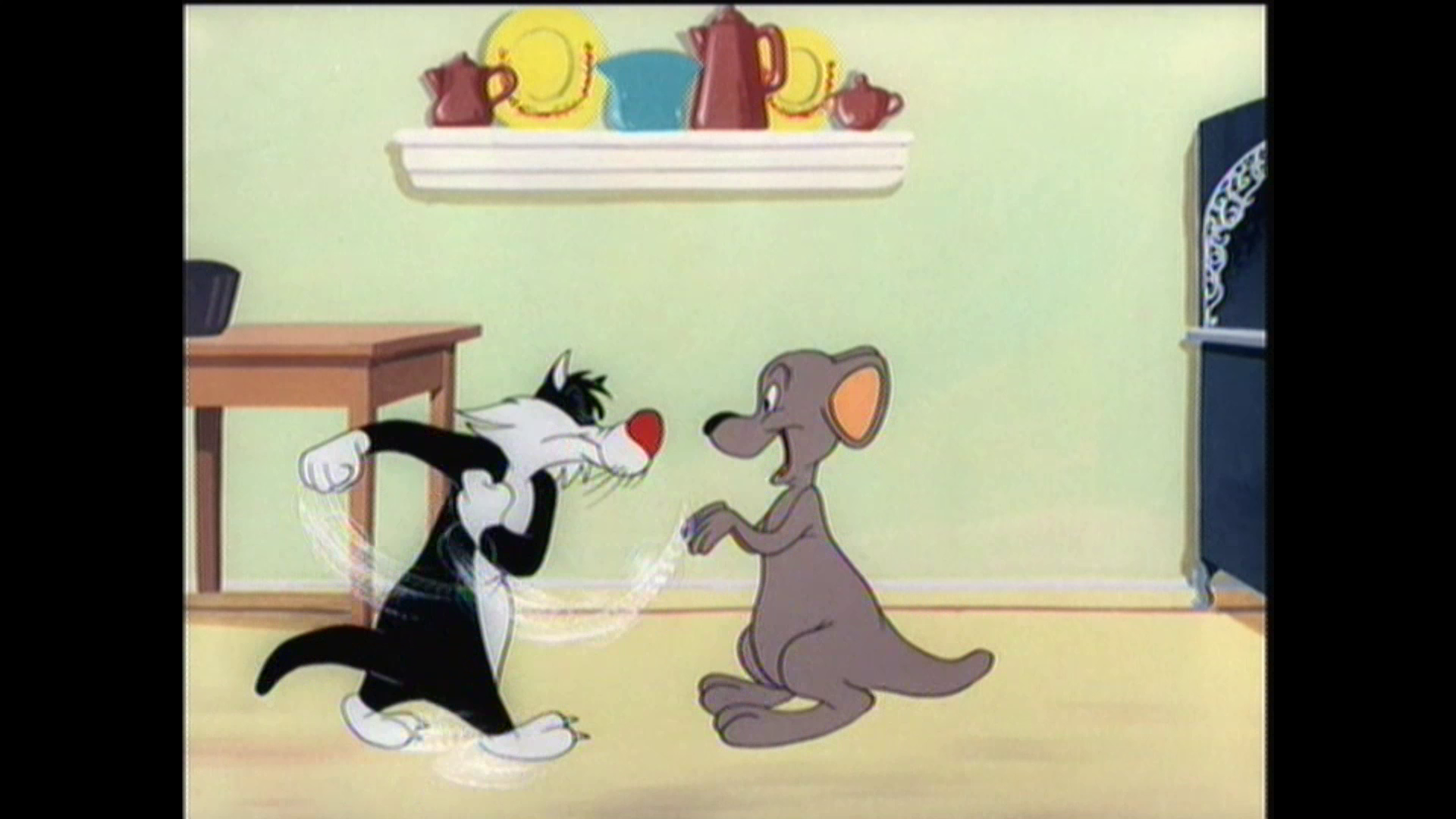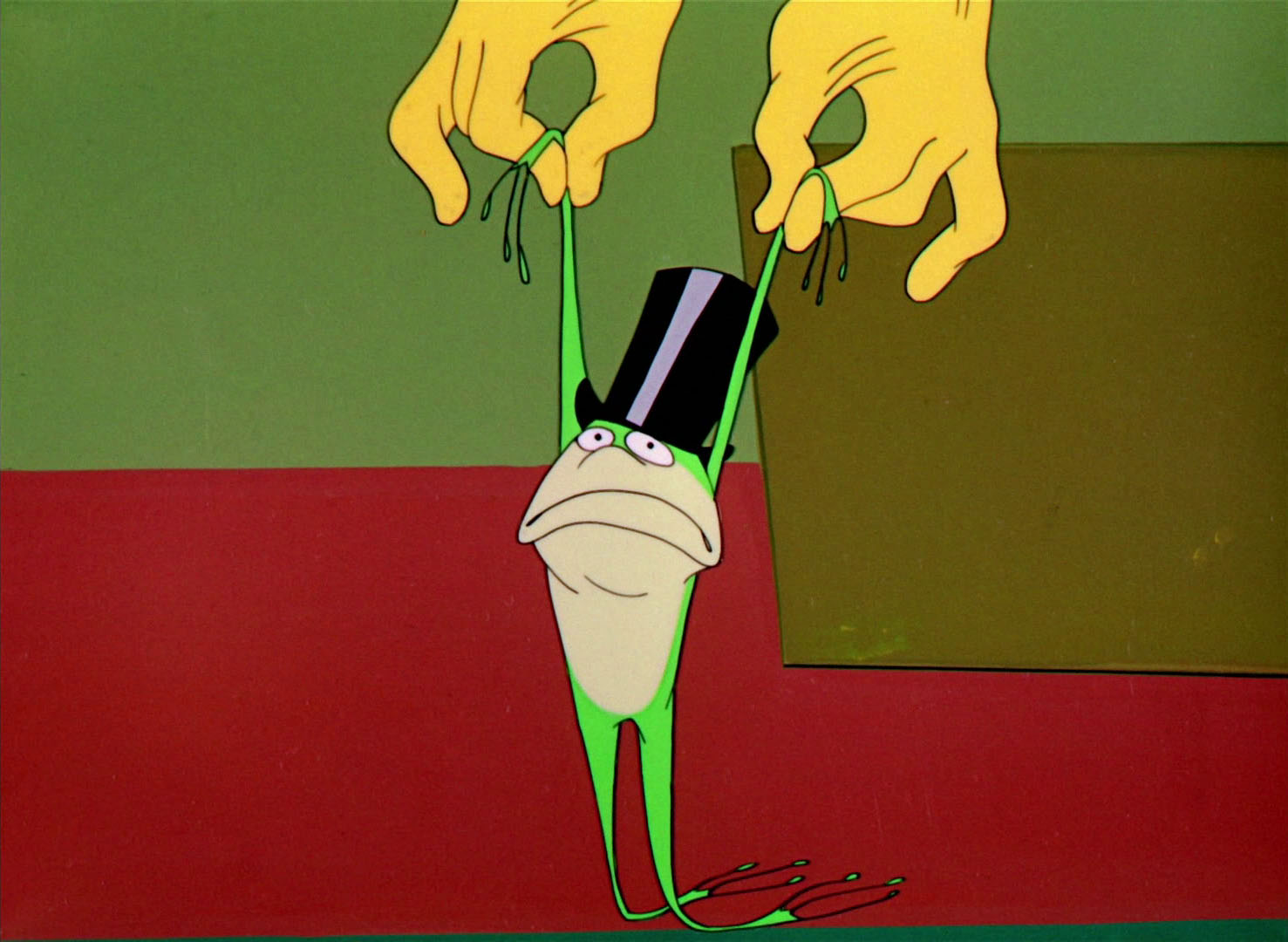I am conducting a new study that will analyze fifty of Dr. Seuss’s Children’s books. Participation is encouraged.
The new study will address inaccurate and misleading data that is being widely spread among major media outlets. This information is sourced from an organization known as The Conscious Kid Library, more commonly known as The Conscious Kid. They have planted false reports in the media to create and support a negative public image of Dr. Seuss Enterprises.
The Conscious Kid is assumed to be a credible source. These news outlets have reported that 98% percent of Dr. Seuss’s human characters are white. A quick internet search will provide the same information.
The purpose of the new report is to provide honest and accurate research.
On May 22, 2017, Katie Ishizuka-Stephens, director of The Conscious Kid, wrote a report prepared for the Read Across America Advisory Committee. This report was titled “Rethinking Dr. Seuss for NEA’s Read Across America Day: Racism Within Dr. Seuss’s Children’s Books & The Case for Centering Diverse Books.” The report deceptively claims to seek an “understanding of the extent and manner in which any characters of color were represented.” Later that year, the National Education Association announced that they were ending their 20 year association with Dr. Seuss. SOURCE: FINALNEAReportDr.SeusssRacismandRAA.pdf (pragmaticmom.com)
Ishizuka-Stephens says that she “conducted a critical analysis of race in 50 of Dr. Seuss’s most popular children’s books.” This statement is misleading.
Dr. Seuss’s most popular book of all time The Cat is the Hat is mysteriously absent from her list, along with many other notable best sellers.
This study was presented again in 2019 in a report titled The Cat is Out of the Bag: Orientalism, Anti-Blackness, and White Supremacy in Dr. Seuss’s Children’s Books. This report is credited to Katie Ishizuka and Ramon Stephens. Two years later, no corrections were made to the study. The inaccuracies of both reports were never corrected or addressed. SOURCE: The Cat is Out of the Bag: Orientalism, Anti-Blackness, and White Supremacy in Dr. Seuss’s Children’s Books (stkate.edu)
On page 10, the report states, “This study assessed fifty of fifty-nine Dr. Seuss children’s books using a mixed methods research design.” They do not explain what their method was. Rather than providing vague terms, the new report will explain the methods that were used in its study such as how the books will be chosen.
The report makes many inaccurate claims, perhaps intentionally. The report incorrectly states on page 10 that “One of the children’s books included in the study was published under Dr. Seuss’ pseudonym, Theo LeSieg.” In fact, the report included SIX books published under this pseudonym, plus a book published under the pseudonym Rosetta Stone. Inaccuracies such as this will be discussed in the new report. This will aid in demonstrating the frequency and extent to which The Conscious Kid provides inaccurate information.
When it is decided how many Theo. Lesieg books will be analyzed, the new report will provide the correct number and explain why the books were chosen.
The new report will demonstrate how The Conscious Kid uses its research methods to exaggerate data.
For instance:
- The study states that there are 44 human characters in “The Cat in the Hat Comes Back,” when there are two human characters. Their method of frequency counts were used to inflate the number of human characters.
This study also uses additional methods to achieve a high number of white characters, along with this low percentage of characters of color.
- Many characters in the study were defaulted to white, even though their race is unknown.
- The report also neglects several books from Dr. Seuss’s library that featured men and women of color. Books that were previously excluded from their report will be included in this new report.
Page 25 of the report states that “White characters also dominate 100% of the speaking roles” The new report will illustrate that this is not true.
In the 2019 report from The Conscious Kid, their study is presented in a tiny spreadsheet on the final page of the 2019 report. The small font is presented at low resolution, with many of the numbers barely legible. The new report will present the study and it’s information clearly to its reader.
The spreadsheet states that the number of human characters is approximate. Instead of using approximations, every effort will be made to ensure no human character will be left behind. (I think that is what Ted Geisel would have wanted.)
The new report will provide greater accuracy in its data and seek ways to be more informative by providing useful fact-based information. The books in the study were created between 1937-1990. The titles were listed in a completely random order. A chronological order will provide additional insight.
Even though the new study will list the tiles in a logical order, it doesn’t matter what order we choose to read them in. The first on their list was There’s Wocket in my Pocket!, and that seems like an interesting book to start with, so I am going to read that one first.
As you can see, this book features one character who appears multiple times. The study from The Conscious Kid lists 20 white characters for this book. This seems to establish a rule that we should not count characters whose faces do not appear. We also should not count the cover page. Since there is one character, we will put the number 1 in the box instead of 20. Now we are 1 book down with 49 to go. Actually 8.
This is the #TeachTheSneetch report so far. Many changes will be made to this list:

So far, our list is similar to the one in the Conscious Kid Library report. Here are the changes we have made:
- The titles have all been placed in chronological order. The titles have not yet been changed.
- A new column has been added for characters of unknown race.
- The numbers have been wiped clean. One book has been analyzed, There’s a Wocket in my Pocket! 7 books did not require immediate analyzation since there are no human characters in those books. (Note that the Conscious Kid’s report also lists My Many Colored Days and Dr. Seuss’s Sleep Book as books with no human characters, incorrectly. Why do you think the Conscious Kid did this?)
As data is compiled, it is important to spread the word about the progress of this study. Please share this information responsibly. I do not have the massive outreach that The Conscious Kid has. They have over two million followers on Instagram, but I finally reached 2,000 subscribers on YouTube. As far as I know, no one else appears to be conducting a new study. Please help me out by subscribing to my channel if you haven’t already. Be sure to add to the conversation by leaving comments below, and share this video with anyone who may be interested. https://youtu.be/7lElXJLqxws
Thank you for watching. Updates will be posted as soon as possible. See you soon.


